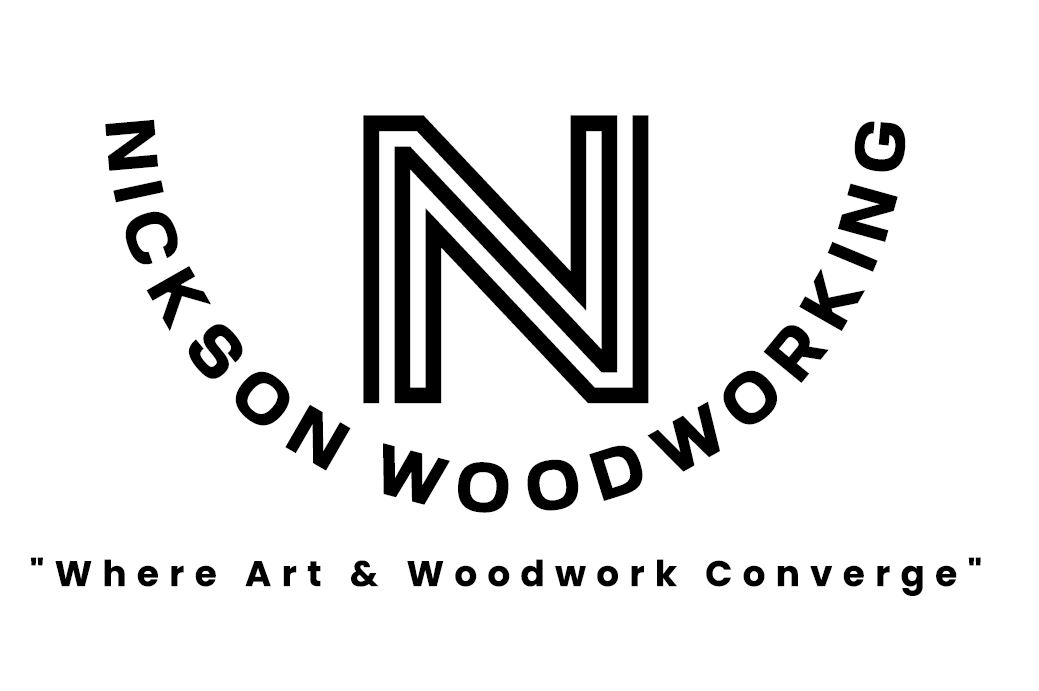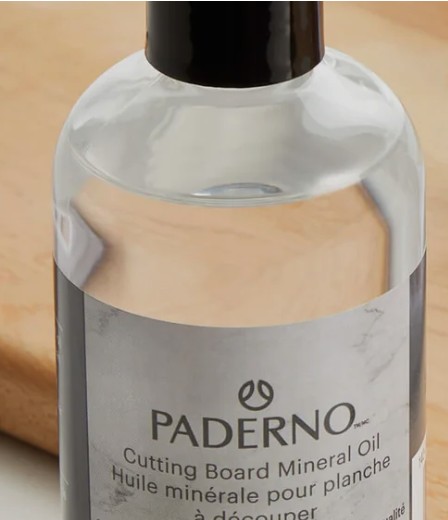

Proper Cleaning and Washing
Washing the cutting board
Wash your cutting board with soap and warm water and scrub well. The volume of water and mechanical scrubbing is more important than soap in flushing bacteria and other food particles off the board. After washing the cutting board, dry immediately with a towel and let it air dry standing up or on a raised rack with air flow.
DO NOT:- Put the board in the dishwasher. The heat and water will warp and splinter the wood AND void warranties from most manufacturers. Only plastic, composite or glass boards can go into the dishwasher.
Dunk or let the board in stand in water. The wood will absorb water and potentially warp.
- Use bleach. This will stain the wood and/or excessively dry the wood.
- Put a wet board flat to dry. If the board dries on one side, it will cause the wood to warp.
* If your board has stains or smells, you can use lemon juice or white vinegar directly on the area. The acid in these liquids will neutralize the organic material or fats causing the problem.
How to Apply Cutting Board Oil and Board Cream
Putting oil on cutting board
Once your cutting board is thoroughly dry, apply the oil directly onto the surface of the board. Be generous with the application, especially if the wood is dry or you just purchased the cutting board or butcher block. You want the surface to be dripping wet on all sides and we recommend using a small bar towel or new paint brush to spread the oil (try not to soak up the oil), as using your hands may lead to accidental splinters. Most importantly, let the oil soak into the cutting board for as long as possible; at least a few hours or overnight if possible.
Wiping oil across board
Let your cutting board sit on a wire rack or upright to dry when done. If you are restoring or seasoning an old, dry or new cutting board, you may wish to repeat this process two more times, to ensure your cutting board is completely seasoned.
To apply board cream, wait until the board is dry after washing or oiling, then apply a small amount of cream onto the board. Using a soft cloth, buff the cream/wax into the wood in a circular pattern, forming a thin coat. Repeat over the entire surface of the board and especially the sides. It's not necessary to let the wax soak into the board.
We recommended you oil your cutting board every month or when dry to the touch. Board cream can be applied at the same time as oiling, if wanted.
Daily Maintenance of Wood Boards:
After using to cut such foods as bread, fruits and most vegetables, a simple wipe-down with warm water should suffice, being sure not to over-saturate the board.
When used for raw meat, poultry or fish, a more thorough cleaning is required. Be sure not to soak the board in the sink and do not put it in the dishwasher which will cause the board to crack. Instead, use a small amount of dish soap and hot water with a scrub brush or pad to give the board a good scrubbing. Rinse with a clean cloth soaked in hot water and wipe the surface free of soapy residue. Follow up by rubbing the cutting board surface with half a lemon or vinegar-soaked cloth, if desired.
After cleaning, wipe the board with a clean cloth then stand it upright to let air dry completely. This will prevent water being trapped under the board as it dries, reducing the chance of warping or cracking over time.
Long-term Maintenance:
There will come a time when the natural oils in the board will need to be restored, depending on the amount the board is used and cleaned. It is suggested to do this on a monthly basis, however a tell-tale sign that the board is in need of oiling is if the board is visibly appears to be drying out.
To oil your board, begin with a clean, dry board. If you apply the oil while damp, the moisture becomes trapped in the wood and could cause warping. Do not use vegetable-based oils as they can be sticky and they can also go rancid after application. Use a quality mineral-based board oil, such as the PADERNO Mineral Oil Treatment.
Use a folded paper towel to sparingly apply the oil to the entire surface of the board, letting the oil absorb while the board is vertical. You may need to apply a second coating of oil, depending on the condition of the board. Once the oil is no longer visible and has absorbed into the wood, the board is ready for use. You may notice a shinier and smoother surface to your oiled board; this is a protective layer for the wood, much like seasoning a cast iron pan.
Following these steps will help extend the life of your wooden board, allowing it to be a key part of your kitchen arsenal for years to come.

